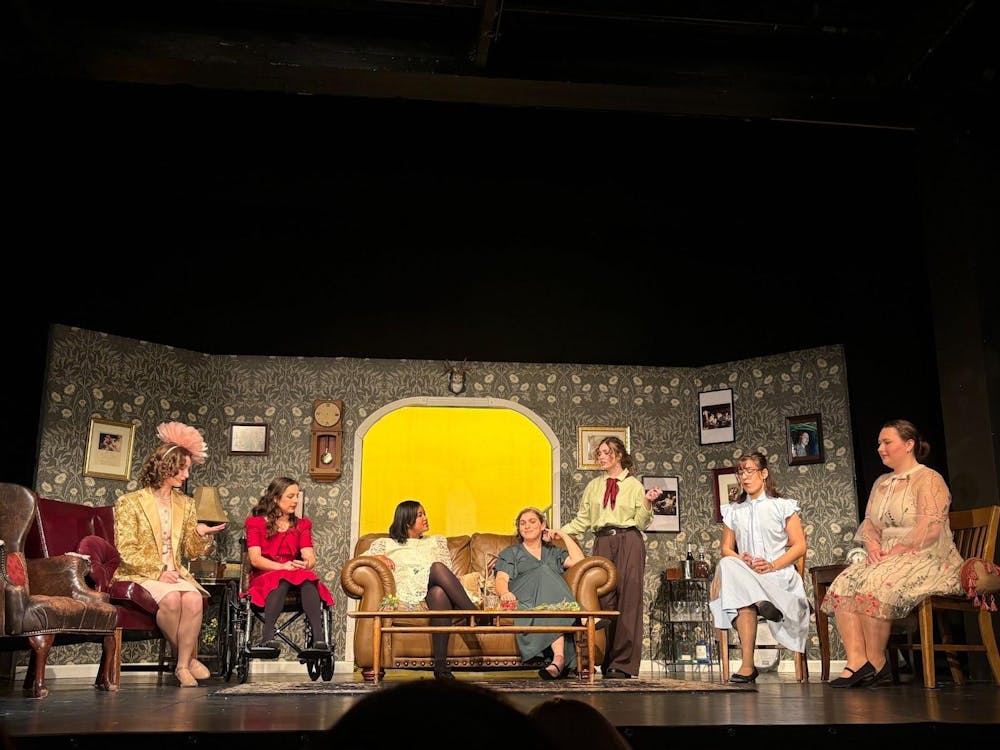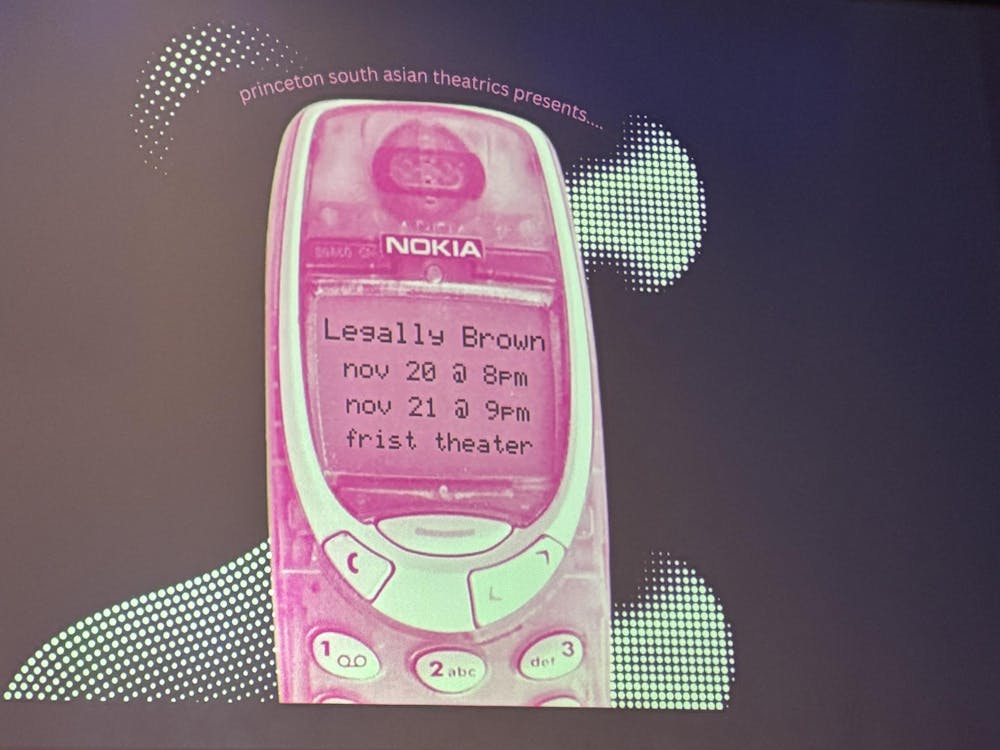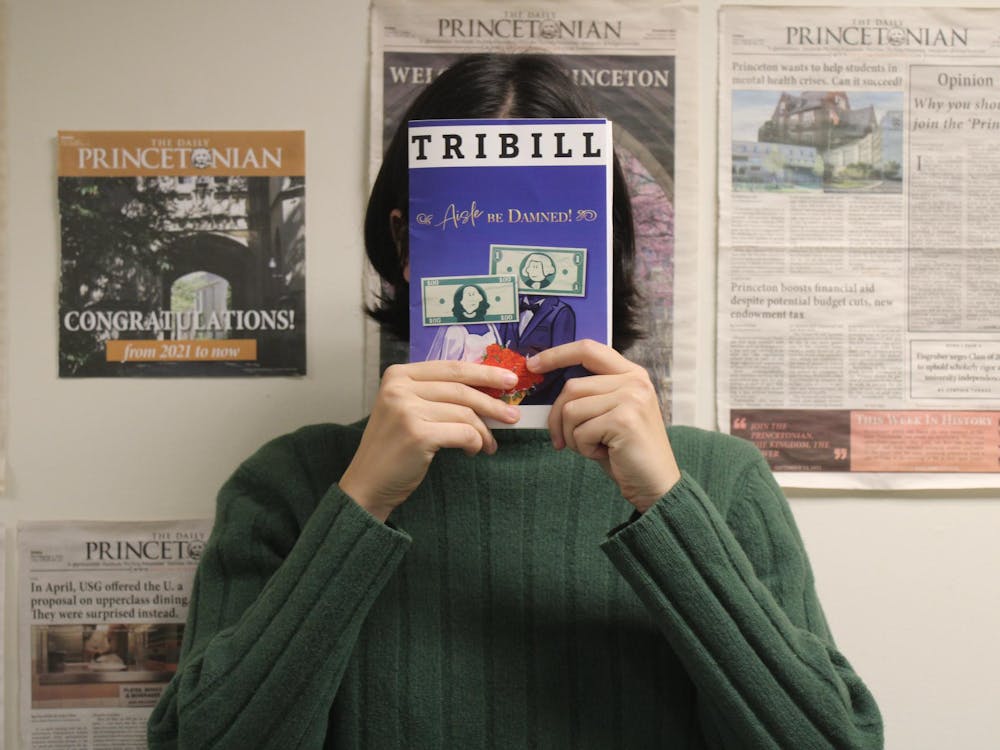This weekend, the Princeton Program in Theater presents “Zoyka’s Apartment,” a play by Kiev-born Mikhail Bulgakov. Performed by Princeton students enrolled in THR 451: The Fall Show and directed by professional Alexandru Mihail, “Zoyka’s Apartment” takes place in a Soviet Russia trying to reconcile centuries of imperial tradition with the dawn of the New Economic Policy era.
Zoyka, the title character, was a wealthy woman before the Bolsheviks came to power, and under the NEP she struggles with the government’s demands for industrial production. Through clever “persuasion” of the local committee chairman, she secures permission to maintain possession of her spacious home, inhabited only by her and her maid, who the chairman believes to be her niece. Evelyn Giovine ’16 plays Zoyka, who ostensibly runs a needlework school that is actually a front for an illicit speakeasy. In a performance reminiscent of her role as the actress Vanda in Theatre Intime’s spring 2014 production of “Venus in Fur,” Giovine as Zoyka is alternately beguiling and innocent, as she plies her charms on the chairman yet seeks to keep up appearances as the director of a legitimate institution in Stalin’s economic program. She asserts her dominance over easily manipulated yet surprisingly sympathetic petty bureaucrats, while presenting herself as an ever-gracious host to her not-so-legitimate guests.
One of the stated casting goals was to create “an ensemble as diverse as possible.” While the show takes place in 1927 Moscow, the cast features actors from different racial backgrounds as well as cross-gender casting. For instance, Gandzalin, a Chinese man who runs a laundering business, is played by Kathy Zhao ’17, who wears a fake Fu Manchu moustache. On the flip side, several women models are played by male actors.
Bulgakov’s decision to include a racially diverse cast and use cross-gender casting serves “to make a point that theatre and performance transcend all social categories,” according to the description on the Lewis Center’s website. This theme of a fluid social order meshes well with the themes of “Zoyka’s Apartment.” In the play, social order in 1927 Russia has been inverted by the rise of the Communist Party and the strict quotas of Stalin’s NEP, and Mihail’s production emphasizes this with its nontraditional casting choices. This bold decision pays its biggest dividend in a scene where three ladies, played by Carey Camel ’17, Justin Sansone ’19 and Luke Soucy ’19, discuss fashion. Many of the play’s wealthy characters languishing under Stalin’s regime dream of an escape to Paris, which is thought of as a capitalist utopia. This scene with the three “women” seems to serve as a commentary on the Russians’ perceptions of Paris: splendid, lavish and ultimately fantastical.
Symbolism plays a major role in Mihail’s production. Just as casting choices reflect the play’s themes, the set and props are also important. The set is dominated by Zoyka’s apartment, which materializes as a large wooden frame on wheels. Curtains divide rooms, and characters open and close them to symbolize private conversations. In one scene early on, several characters rotate the apartment so that instead of facing the audience directly, the apartment is askew. The decision to include a physical “building” rather than the open “rooms” more typical of theatre productions is a conscious choice that both reflects the show’s title and provides the characters with another symbol of upsetting the social order.
Overall, “Zoyka’s Apartment” is a success. While the cast delivers great performances and the set is well-designed, the real treat in this production is the symbolism inherent in the casting choices and the props. Mihail succeeds in driving home Bulgakov’s points about the turbulent times facing Russian bourgeoisie at the beginning of Stalin’s regime.
5 out of 5 paws

Pros: Strong symbolism; well-designed set
Cons: None








